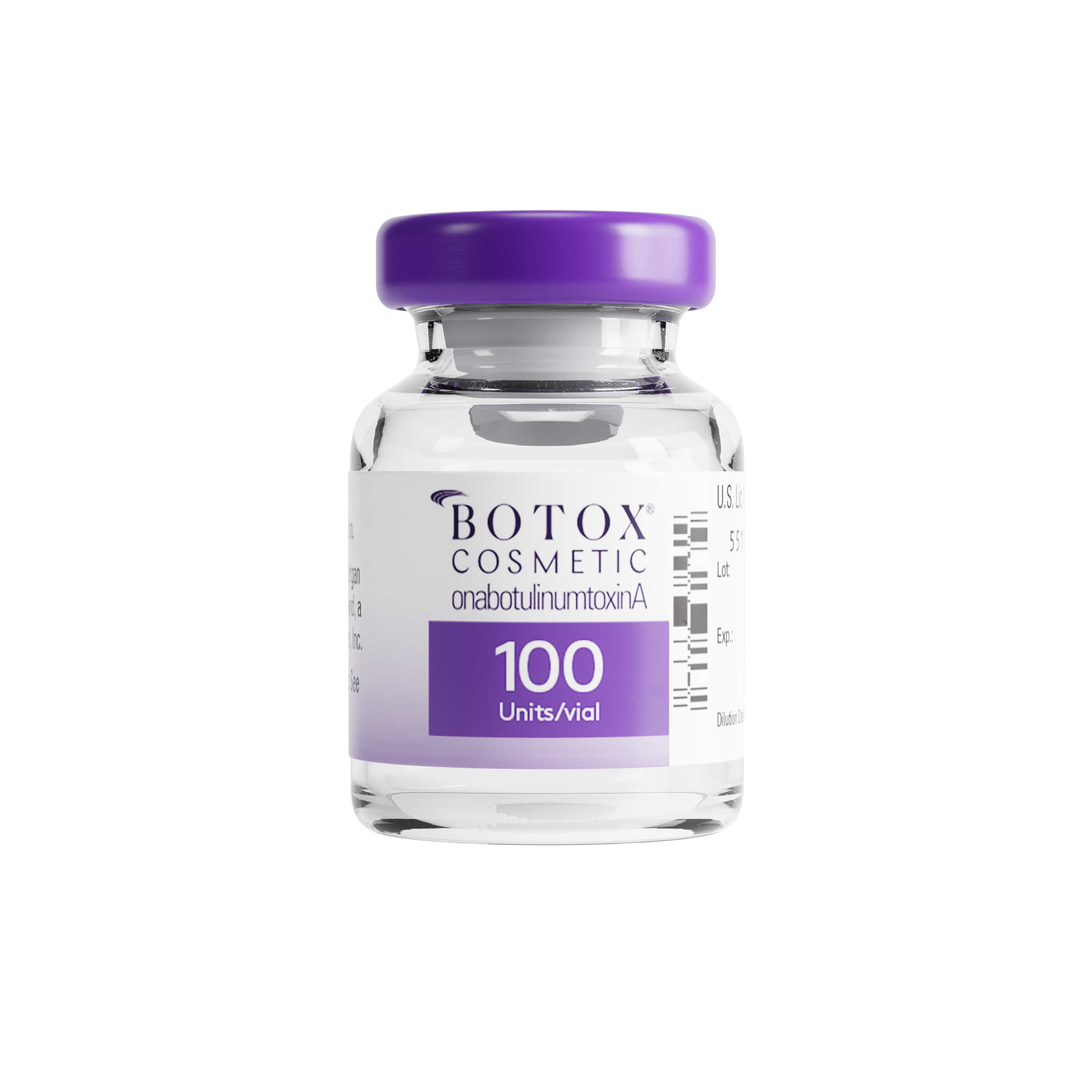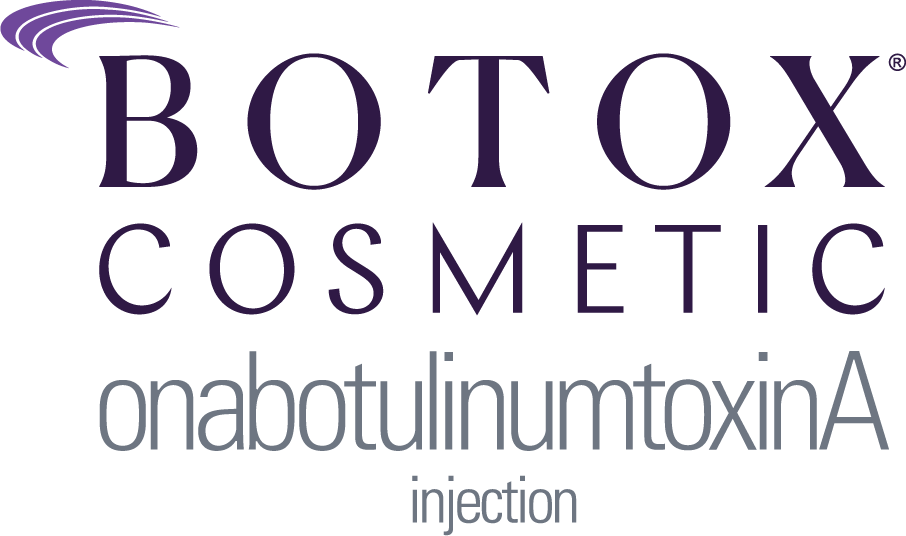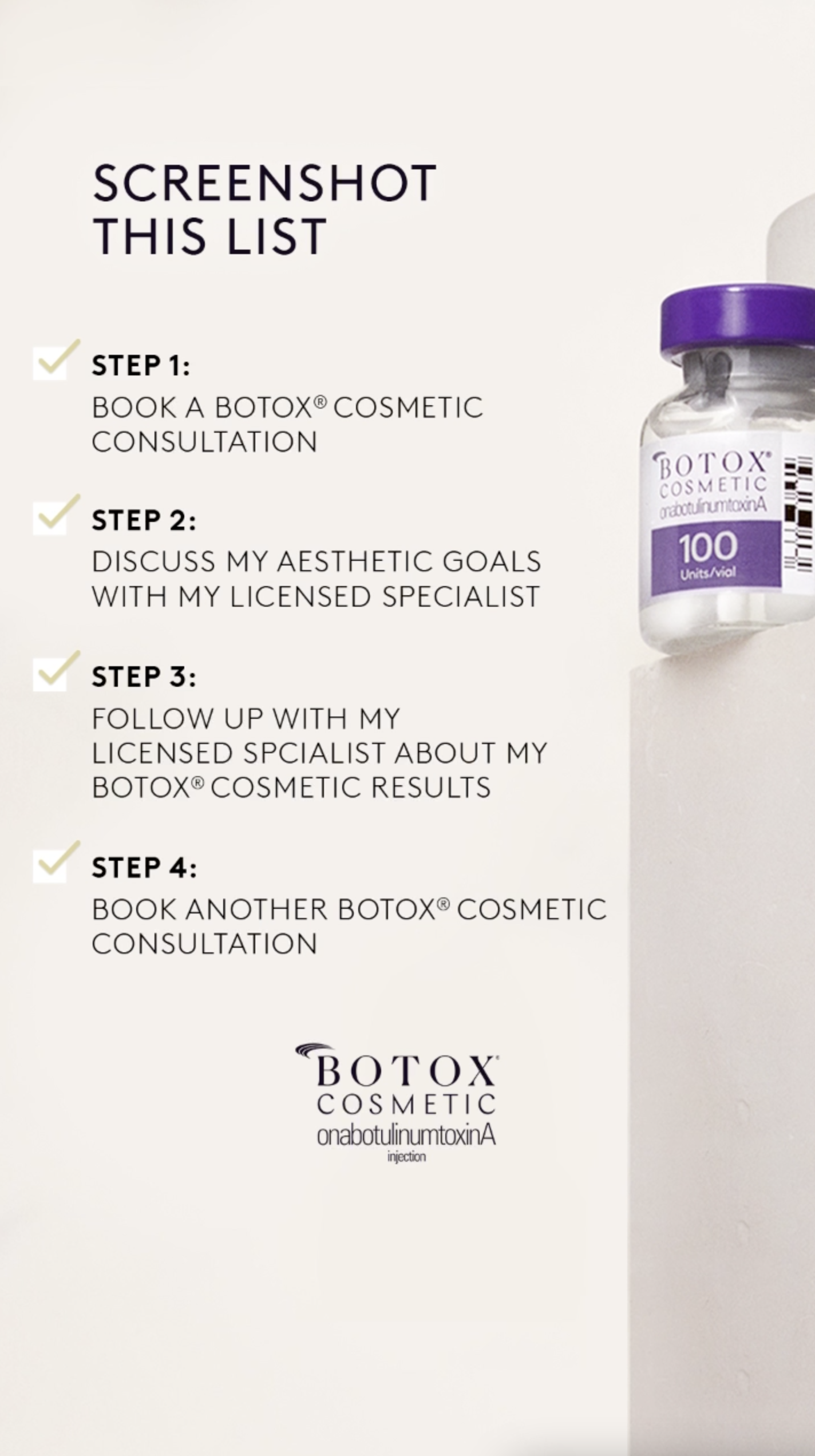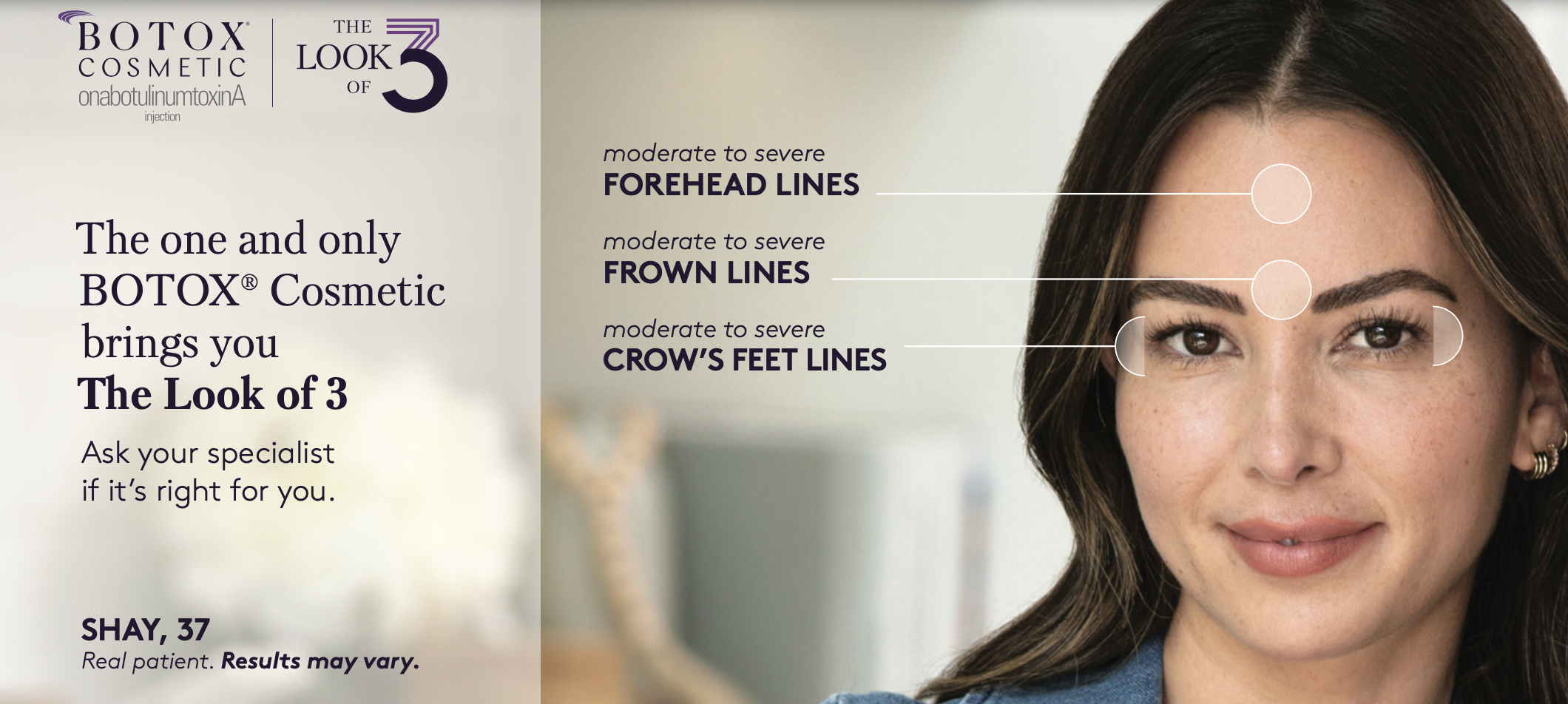Botox for Cosmetic and Medicinal Uses
Introduction:
Botox, commonly used both medically and cosmetically, comes from a protein derived from the bacterium Clostridium botulinum. It is the very same toxin responsible for Botulism. The bacterium – (C. botulinum) is common in soil, where it can survive as a resistant spore. It also commonly exists in untreated water.
Spores that can survive in poorly processed canned foods may produce the Botulinum toxin. When consumed, this potent toxin leads to severe poisoning. All types of Botulinum poisoning, including Botulism from wounds, eventually lead to muscle paralysis.
In the past, before medical advances, Botulism was often a fatal condition and still is considered a severe medical emergency today. It is precisely this action of muscle paralysis that is of most significant interest medically and cosmetically for treating a growing number of medical conditions and for cosmetic applications.
This article will explore how Botox (Botulinum toxin) works, its medical and cosmetic uses, history, possible side effects, and what to expect if you decide Botox treatments are right for you.
What is Botox?
Botox® is a trade name. It is one of the most widely recognized brands of botulinum toxin injections popularized for a variety of causes, conditions, and treatments. Most people will immediately recognize Botox® as an effective cosmetic and preventative wrinkle treatment.
Botox injections are the #1 most performed cosmetic procedure in the world. Cosmetically, Botox has shined brightly under the spotlight now for decades, but the uses and versatility of treatments for this remarkable toxin go far beyond skin deep.
Botulinum toxin “type A” is currently being manufactured and marketed by five separate pharmaceutical companies, though trade names may vary among manufacturers. While they may each have minor differences – Botox Cosmetic, Daxxify, Dysport, Xeomin, and Jeuveau, all share the same active ingredient, “botulinum toxin.”

Botulinum toxin always performs the same essential function within the body (muscle paralysis). No matter where it is being used or for what condition, Botox, once injected, blocks nerves from absorbing specific molecules, specifically the acetylcholine necessary for proper nerve communication and function. Botox stops the nerve signal to the muscle and keeps it from contracting (tensing up), producing temporary paralysis.
The Origins of Botulinum Toxin
It was 1895 when Belgian scientist Emile Pierre van Ermengem first discovered Clostridium botulinum, the anaerobic, rod-shaped bacterium responsible for producing the botulinum toxin. Later, in the 1920s, scientists attempted to isolate this toxin. However, it was some 20 years before University of Wisconsin-Madison biochemist Dr. Edward Schantz successfully separated it.
By the 1970s, scientists were experimenting on monkeys with the isolated Botulinum toxin to treat strabismus(crossed eyes). During these experiments, researchers first observed a significant reduction in wrinkles of the skin between the eyebrows above the nose in the treated subjects. This exciting correlation led to further research, experimentation, and discovery of other uses and treatments for this remarkable toxin.
After the successful treatments of strabismus, the pharmaceutical company Allergan got involved in licensing botulinum toxin treatments. They subsequently branded their new Botulinum type A drug as Botox.
What Exactly does Botox do, and how does it work?
Botulinum A is a neurotoxin. Botox acts upon the nervous system by temporarily disrupting the communication necessary for muscle contraction. As a result, Injected muscles cannot function, resulting in temporary paralysis that lasts several months.
After the initial injection, the toxin blocks acetylcholine (a neurotransmitter) at the nerves’ communication site. When acetylcholine cannot signal the muscle to contract, muscle activity stops. This site-specific paralysis generally lasts for several months. Therapeutic and or aesthetic benefits are realized during this time (depending on the condition).
In addition to interfering with mechanisms for acetylcholine communication, the release of specific pain and inflammatory nerve signals appear disrupted. Evidence suggests communications between the central nervous system and nerves extending from the spinal cord may be affected.
The Food and Drug Administration authorized Botox drugs for the treatment of migraine headaches in 2010. This adds to a growing list of treatments for conditions (some FDA approved and others not), both medical and cosmetic, that use Botox drugs for treatment.

Is Botox Safe?
Isolated crystalline botulinum toxin is one of the earth’s most potent known toxins, but Botox, in the hands of qualified, experienced doctors and trained professionals, presents few risks. Botox drugs contain such a minuscule amount of the toxin itself that it is doubtful you’ll have any severe or lasting negative impacts.
Botox is considered a safe treatment today for many cosmetic and medical conditions. Side effects are minimal, and though possible, there are rarely any long-term or life-threatening side effects. More than 6 million people receive Botox treatments every year, and the incidence of reported side effects is extremely low.
What are the risks and possible side effects of Botox treatments?
Side effects, when they do occur, can vary depending on the specific treatment given, where the Botox injection is administered, how much of the medicine is used, the specific conditions being treated, the medical history of the patient, and other variables.
Cosmetic treatments can differ considerably from medical treatments in both range and scope. Cosmetic treatments usually have the lowest incidence rate of side effects and, when encountered, tend to be milder. Long-term symptoms are rare, and most common issues improve within a day or two of onset.
However, depending on the specific treatment, the person’s response, existing health conditions, medications, and other variables, Botulinum toxin can cause unwanted and even severe side effects.
Reactions may include:
Dry eye
Dry skin
Dizziness
Headaches
Numbness
Vision problems
Neuromuscular disorders
Drooping eyelid or eyebrow
Difficulty swallowing or breathing
Weakness or paralysis of nearby muscles
Upset stomach, flu-like symptoms, and nausea
Mild pain, swelling, or bruising around the injection site
Cardiovascular issues, arrhythmia, and myocardial infarction.
- Injection site reactions are the most common side effects. Localized pain, bruising, and skin color changes (redness) around the injection site can happen. These symptoms show up shortly after treatments and should go away quickly.
- Headaches are another of the most encountered side effects. They are usually not severe and tend to disappear a few days post-treatment.

Who should not get Botox Injections?
Millions of people receive Botulinum treatments every year with no ill effects whatsoever. With that said, there are still people who should avoid Botox.
You should not take Botox if you are pregnant, breastfeeding, or if you suffer from any of the following conditions:
- Weak facial muscles
- You are currently sick
- Neuromuscular disease
- Drooping eyelids (ptosis)
- Certain Neurological disorders
- Trouble with breathing or swallowing.
- You are taking immunosuppressant drugs.
As always, you should consult with your physician first, discuss your medical history, any medications you are taking, and review any concerns before deciding if Botox is appropriate.
Botox Forehead treatments can present their own unique set of side effects:
- Droopy Eyelid — (blepharoptosis) is reported to affect up to 20% of people who receive injections in the forehead. Symptom onset is usually within 1- 3 weeks following treatment. This condition is almost always temporary and wears off within a few short weeks of its first appearance.
- Droopy Eyebrow – (ptosis) may also be encountered following treatment. It almost always affects only one eye. Ptosis is also nearly always temporary. Symptoms usually resolve themselves in four weeks or less, though sometimes it can take up to 3 months to resolve the issue.
- Spreading of Botox toxin – Although rare, it is possible for Botulinum toxin to spread beyond the primary injection site. The toxin may travel and adversely affect other tissues and systems of the body. Depending on the type of treatment, site of injection, and the amount used, this can sometimes present serious health risks.
Depending on where the toxin travels within the body, a range of symptoms are possible – muscle weakness, difficulty swallowing or breathing, vision problems, and in rare instances, symptoms can even produce cardiac complications.
Although these more severe symptoms are uncommon, they are still possible and may manifest hours or weeks after your treatment. If you have difficulty with swallowing, breathing, or any other more severe symptoms after receiving a Botox injection, go to the nearest emergency room as soon as possible and seek immediate medical attention.
Botox Cosmetic Uses
The primary cosmetic use for Botox is the reduction and prevention of facial lines and wrinkles. Many cosmetic patients errantly believe that Botox treatments will “fill in” and eliminate pre-existing lines and wrinkles. Botox doesn’t work that way. Botox is not a cosmetic filler. There are other appropriate cosmetic products specifically for this. See: DERMAL FILLERS
Botulinum toxin works by inactivating (paralyzing) muscles responsible for the overactive facial expressions that produce the temporary lines leading to permanent wrinkles. Botox does not “fill” pre-existing permanent lines and wrinkles. Botox targets the muscles that cause them to appear, develop, and deepen with muscle contraction. This happens naturally with particular facial expressions.
Facial muscles are employed during certain expressions and cause temporary lines and wrinkles to appear. These lines, over time, develop into permanent lines and wrinkles. Botox does not target the lines and wrinkles themselves but instead treats the muscles that cause them to appear and grow.
- Botox Brow Lift
- Botox Lips
- Botox under eyes
- Chin Botox
- Botox for Smile Lines
- Crow’s Feet Botox
- Botox for Forhead Wrinkles
- Neck Botox
- Botox for Marionette Lines
Botox Medical Uses
Botox has been used in the medical industry for decades, first with initial experimentation in the 1970s for strabismus and later FDA approval in 1989.
Today Botox is recommended for the treatment of conditions such as:
- Blepharospasm
- Adult spasticity
- Eyelid twitching
- Cervical dystonia
- Chronic migraines
- Overactive bladder
- Neurogenic Bladder
- Urinary Incontinence
- Upper Limb Spasticity
- Lower Limb Spasticity
- Crossed eyes (strabismus).
- Pediatric upper limb spasticity.
- Excessive sweating (hyperhidrosis).
- Excessive muscle contractions (dystonia).

Can Botox help reduce pain?
Many healthcare providers recommend Botox for certain types of pain management. Doctors may now employ Botox injections to treat the following conditions:
- Jaw pain
- TMJ pain
- Back pain
- Joint pain
- Neck pain
- Nerve pain
- Pelvic pain
- Neuropathy
- Sciatica pain
- Osteoarthritis
- Chronic myofascial pain
Commonly Employed Off-label Conditions:
- Anismus
- Alopecia
- Psoriasis
- Achalasia
- Sialorrhea
- Vulvodynia
- Raynaud’s disease
- Dyshidrotic eczema
- Post-herpetic neuralgia

Other Off-label Treatment uses may include:
- Keloid scarring
- hidradenitis suppurativa
- Menopausal flushing and facial redness
- Hailey-Hailey disease – blisters and lesions
- Depression and a host of other experimental treatments
What to expect during a Cosmetic Botox Treatment?
Botox cosmetic treatments are nonsurgical, in-office, outpatient procedures that require minimal preparation. It is always important to discuss your medical history, allergies, or medical conditions with your treatment provider before deciding if Botox is right for you.
You may be asked to stop certain medications like blood thinners, aspirin, or anti-inflammatory drugs before your treatment to help prevent bruising. It also may be advised to abstain from alcohol before treatments. Consult with your treatment provider if you have any questions.
During the treatment, your provider will use a fine needle to inject small amounts of Botox into specific muscle groups. The injections may sting a little, but the discomfort is generally mild, and treatments are over quickly. Depending on the treatment you are receiving, you may have several injections in different areas to complete your procedure.
As always, follow your providers’ healthcare instructions for pre-treatment and post-treatment care. Generally, you should be able to return to work and most regular activities immediately following your appointment.
To reduce the chance of redness, swelling, or bruising near injection sites, avoid the following as a part of your post-treatment precautionary regimen.
Abstain from physical exertion and exercise for the first 24 hours.
Try to avoid pressure or rubbing the injection site areas for at least 12 hours post-treatment.
Remain upright, keeping the treatment site elevated for three to four hours after injections.
How long does it take for Botox to work?
Most patients will see full effects in 7-14 days post-treatment. In some instances, patients find the standard dose inadequate to produce full effects. Should this be the case, contact your healthcare provider, as you may need a second dose for full impact and results.
How long does Botox Last?
Depending upon the treatment (medicinal or cosmetic), Botulinum toxin’s effective therapeutic window generally ranges between three to six months. After this time, nerves eventually regenerate, communications resume, and muscles fully function.
Cosmetic treatments typically last for four to six months, and medical treatments for two to three months. This time frame is a generality, of course. Some clients have longer 4-6 months and shorter results. Many factors contribute to the lifespan of results.
When Botox effects start to wear off, you’ll begin noticing the return of muscle movements or symptoms once again. Cosmetically speaking, there will be – a deepening or reappearance of wrinkles, lines, expression marks, etc.
Does Insurance cover Botox?
Medically speaking, most health insurers cover treatments for medical Botox as doctors prescribe. Coverage usually includes chronic migraines, urinary incontinence, and the other approved medical conditions listed above. Always check with your insurance company for the range of coverage first, and do not presume that Botox is automatically covered.
Cosmetically speaking, most Insurance companies do not cover Botox. Botox becomes an out-of-pocket expense for cosmetic treatments that is the patient’s responsibility alone.
Summary:
Since its discovery in 1895, pioneering experimental work in the 1970s, eventual branding, and first FDA approval for treatments in 1989, the uses for Botulinum toxin “Botox” has only grown in scope of use, popularity, and demand.
The product has proven therapeutic for treating medical and cosmetic conditions, from wrinkles and fine lines to the nervous system and muscular disorders. The list of treatments approved and experimental only seems to grow.
If you think Botox might be right for you, and you’re looking for the best Botox Doctor near Walnut Creek contact us today for your consultation. We can determine exactly what you will need at that time for optimal results, design your specific treatment plan, and go over Botox costs.
